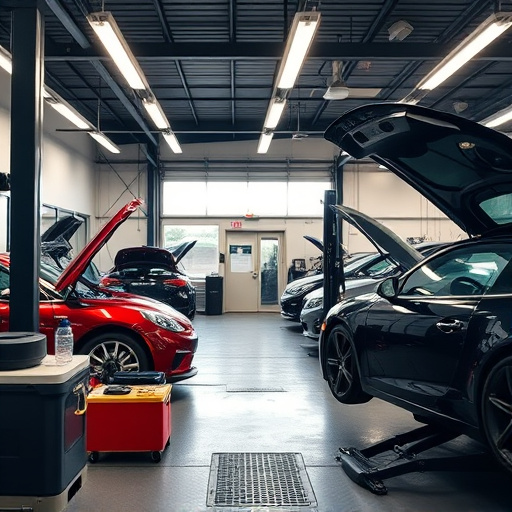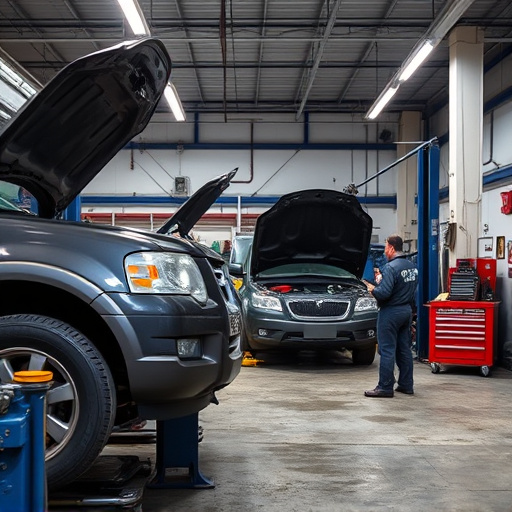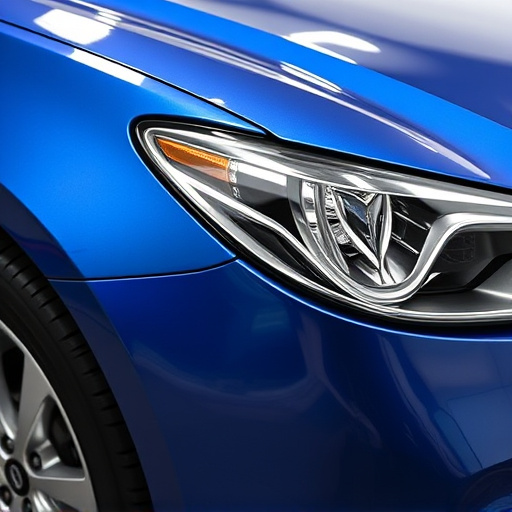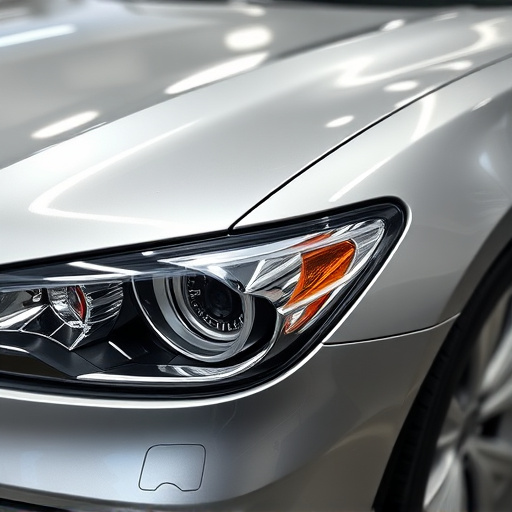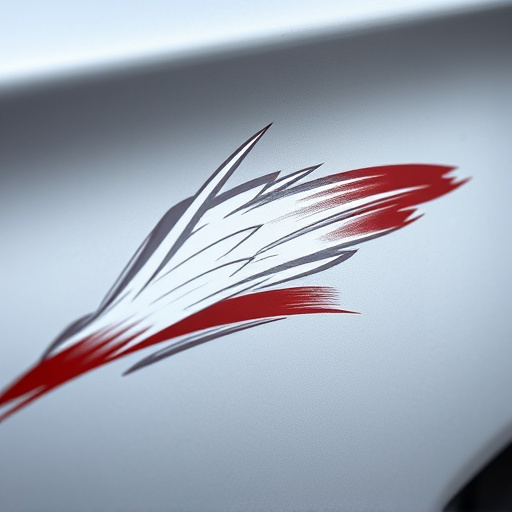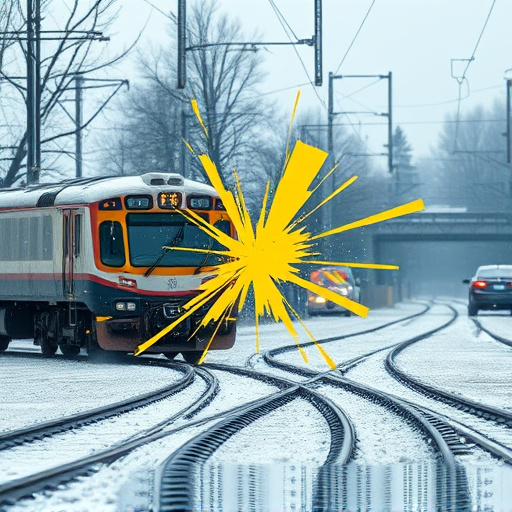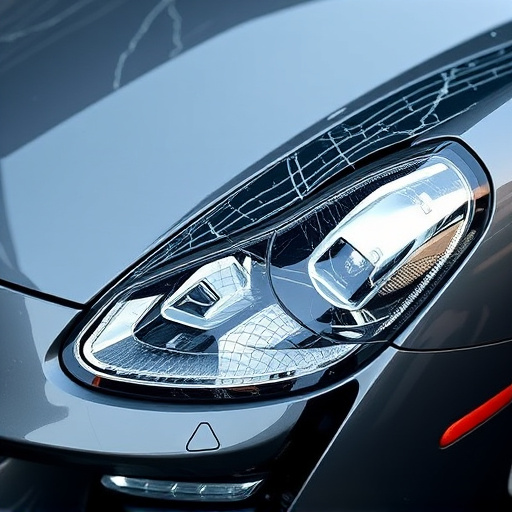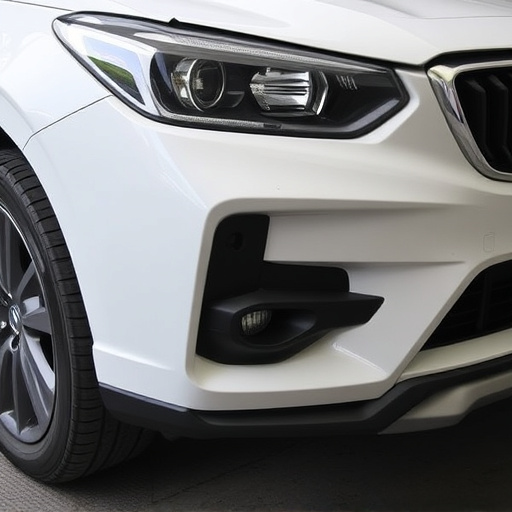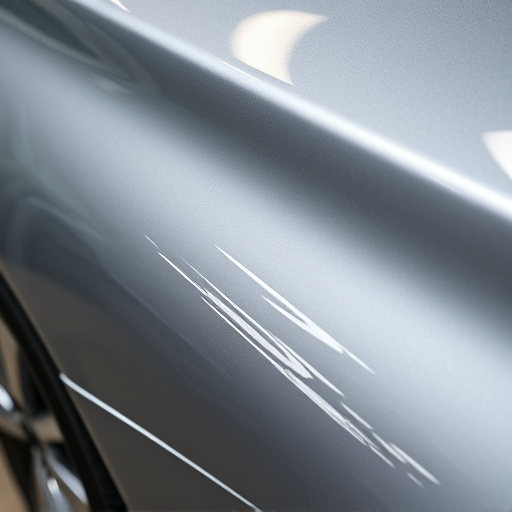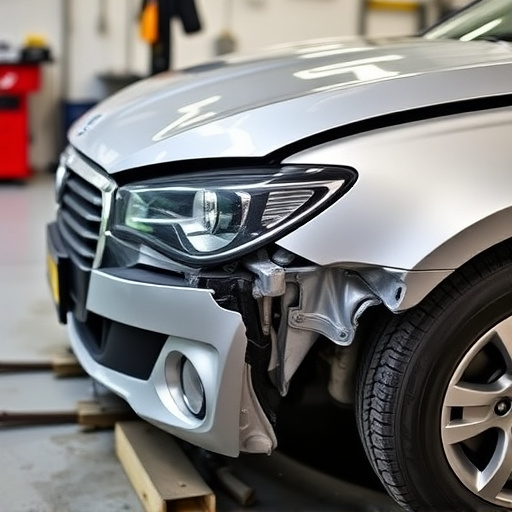Tesla structural aluminum repair is crucial for modern electric vehicles' performance and safety after collisions. Skilled technicians use advanced tools to assess visible and hidden damage, preserving the material's unique microstructure, strength, and durability. Specialized techniques, including precise cutting and welding with CAD software and robotic systems, ensure repairs meet Tesla's engineering standards for both contemporary models and classic car restorations.
Tesla vehicles, renowned for their cutting-edge technology, incorporate structural aluminum for enhanced lightweighting and durability. However, collision damage can compromise these intricate designs. This article delves into the world of Tesla structural aluminum repair, exploring material properties, collision assessment techniques, and efficient restoration methods. Learn how specialized strategies ensure the seamless rejuvenation of Tesla bodies, preserving both their structural integrity and aesthetic appeal, post-collision.
- Understanding Tesla Structural Aluminum: Material Properties
- Collision Damage Assessment: Identifying Structural Issues
- Repair Techniques for Efficient Restoration of Tesla Bodies
Understanding Tesla Structural Aluminum: Material Properties
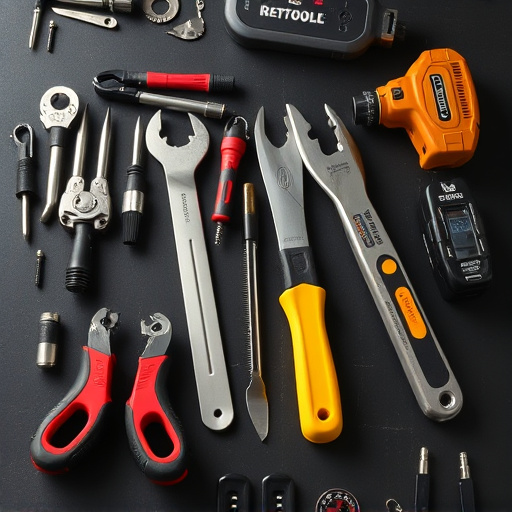
Tesla structural aluminum, a key component in many modern Tesla models, is renowned for its exceptional strength-to-weight ratio and corrosion resistance. These properties make it an ideal choice for automotive construction, ensuring both performance and longevity. When it comes to Tesla structural aluminum repair after collision damage, understanding these material properties becomes crucial.
The unique microstructure of Tesla’s aluminum alloys allows for superior impact absorption, a vital feature in high-performance vehicles. However, when a Tesla vehicle experiences collision damage, specialized auto repair shops must carefully assess and address the affected aluminum components. Skilled technicians employ advanced techniques and tools to perform precise dent repairs and realign structural elements, restoring the vehicle to its pre-collision condition while leveraging the material’s inherent strength and durability for effective collision damage repair.
Collision Damage Assessment: Identifying Structural Issues
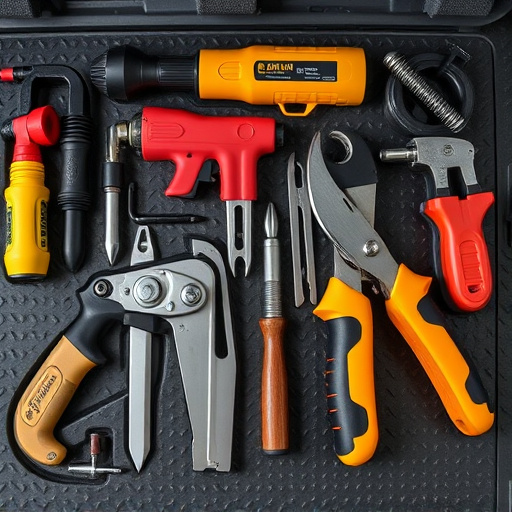
After a collision, assessing the damage to a Tesla’s structural aluminum body is crucial for ensuring safety and optimal vehicle performance. While some dents and scratches might seem minor, they could indicate more significant structural issues. Experienced technicians utilize specialized tools and knowledge to inspect every angle, identifying even the subtlest deformities that could compromise the car’s integrity. This meticulous process involves visual examinations, load testing, and advanced diagnostic technologies to pinpoint problem areas.
The expertise lies in recognizing that Tesla’s structural aluminum design, while lightweight and durable, requires careful handling during repairs. Unlike traditional metal bodied vehicles, aluminum’s unique properties demand specific techniques to preserve its strength and corrosion resistance. Therefore, when assessing collision damage, professionals consider not just visible dents but also potential hidden issues, ensuring every repair aligns with the vehicle’s original engineering standards—be it for a contemporary electric model or a classic car restoration.
Repair Techniques for Efficient Restoration of Tesla Bodies
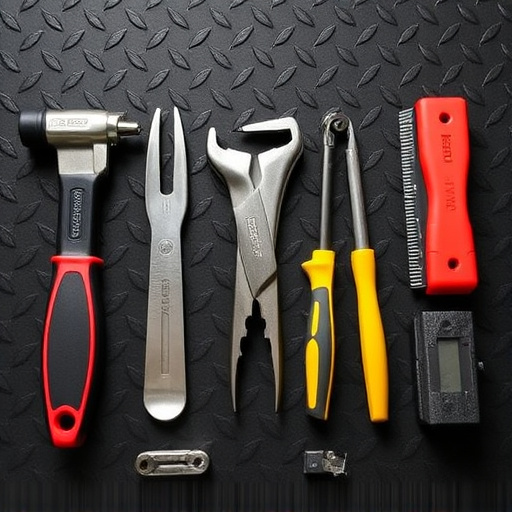
The efficient restoration of Tesla bodies after collision damage requires a blend of advanced techniques and specialized knowledge. Tesla structural aluminum repair is a precision art that involves careful assessment, precise cutting, and meticulous welding to replace or reshape damaged components. Modern car body shops employ high-tech equipment, such as computer-aided design (CAD) software and robotic welding systems, to ensure accurate measurements and seamless finishes.
Professional vehicle repair specialists begin by thoroughly inspecting the damaged area, identifying both visible and hidden impacts. This process includes using specialized tools to detect any distortion or misalignment in the structural aluminum panels. Once precise measurements are taken, skilled technicians use advanced cutting techniques to remove damaged sections, preparing the way for replacement parts or creative metal fabrication solutions. The final step involves meticulous welding, ensuring strength and durability while maintaining the aesthetic integrity of the Tesla’s body.
Tesla structural aluminum repair after collision damage requires a deep understanding of both the material’s unique properties and advanced repair techniques. By assessing the extent of damage and employing efficient restoration methods, it is possible to return Tesla vehicles to their pre-collision condition, ensuring both structural integrity and aesthetic appeal. This comprehensive approach, combining knowledge of materials science and innovative repair practices, is key to preserving these modern automobiles’ value and performance over time.

